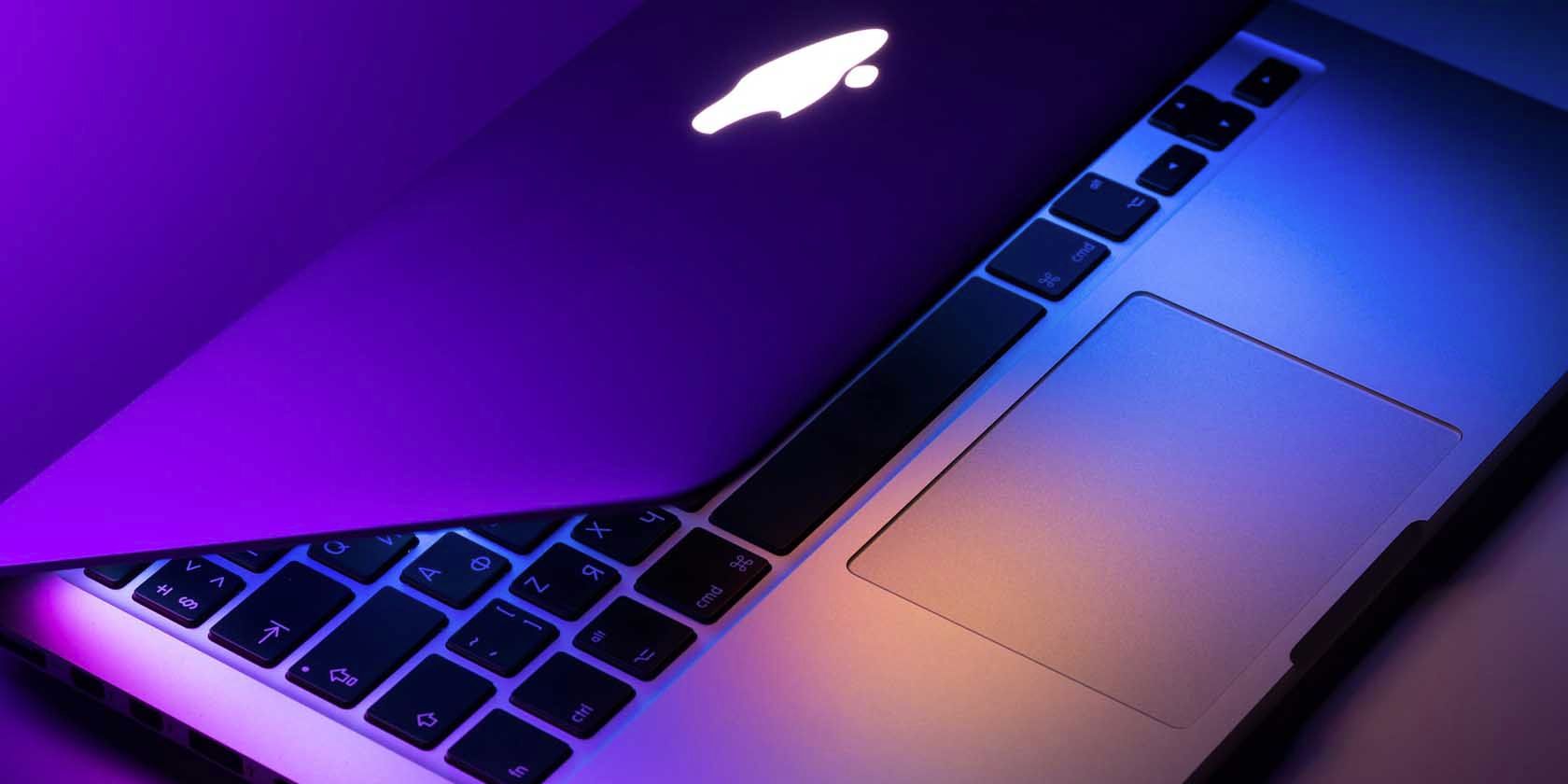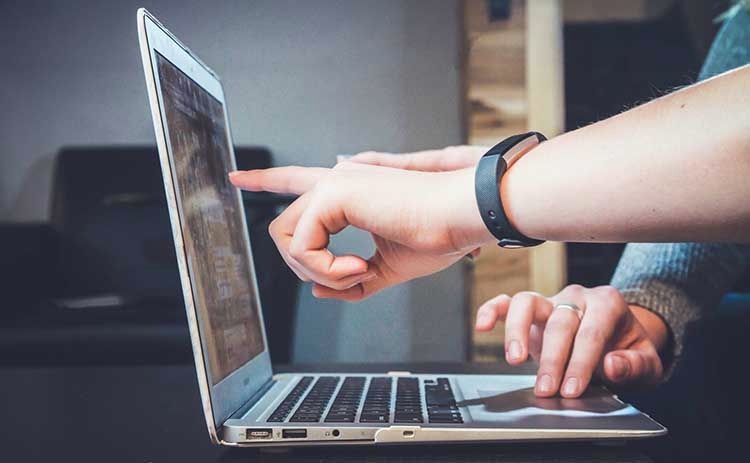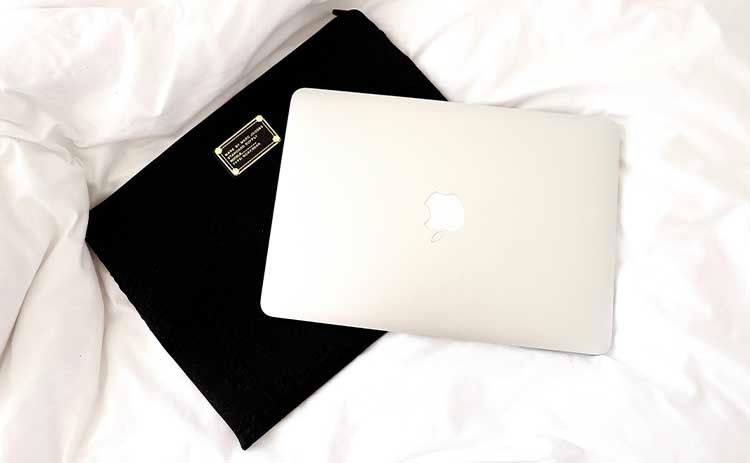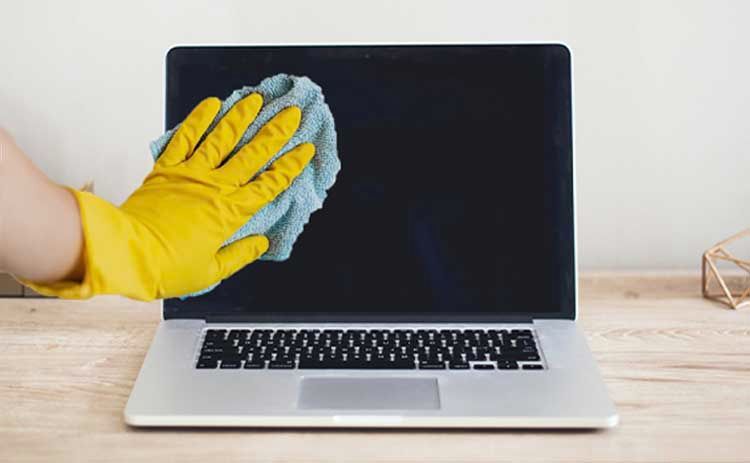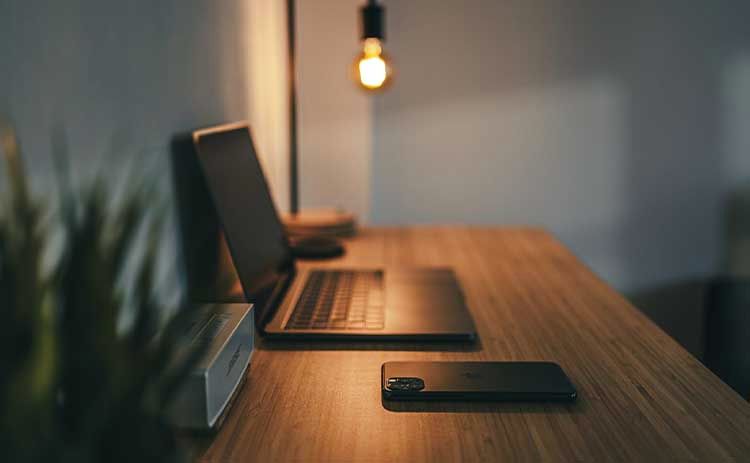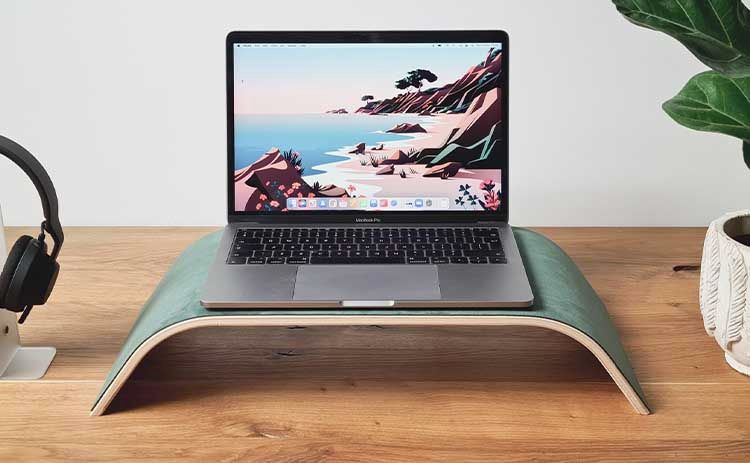The MacBook is a beautiful machine, but it’s no less prone to damage than other laptops out there. In fact, it looks much more unpleasant than most other devices when it’s damaged, due to its flawless aluminum unibody build.
Taking safety precautions can help avoid possible damage to your MacBook. So, in this article, we’ll list seven things that can help you protect your MacBook physically, and keep it safe for a long time. Let’s get started.
1. Apply Screen Protectors to Prevent Scratches
Though a MacBook’s Retina display is iconic, it’s also highly fragile. To protect it from scratches, apply screen protectors, like the Supershieldz. Here’s a video showing how you can do this safely:
According to a discussion on Stack Exchange, one of the MacBook’s flaws is that its keyboard eventually leaves marks on its screen. And the worst part is that these marks aren’t removable. But, if you’ve applied a screen protector, you can simply replace it with a new one to fix it.
This problem makes screen protectors a must-have for protecting your MacBook’s screen.
2. Use Body Cases and Keyboards Covers
Second to the screen, the MacBook’s chassis and keyboard (though well-built) are the most vulnerable to damage. Here’s how you can protect them.
Chassis Protection
For starters, avoid putting your MacBook in a position that increases its chances of falling. This single step can help you minimize most accidents right away. Once you’ve done that, put a snap-on hardshell case on your MacBook.
Generally, there are two types of such cases, and both offer different levels of protection:
- Regular cases, like the MOSISO, preserve the MacBook’s sleek design and protect against minor impacts.
- Rugged cases, like the UZBL, provide more robust protection against falling.
These cases simply snap onto your MacBook’s chassis and are easy to take off, too. However, dust will still make its way through these cases, so you’ll have to clean your Mac every now and then.
Keyboard Protection
The keyboard’s keys don’t easily get damaged, but an accidental liquid spillage on them can be fatal for your MacBook. The best way to minimize this risk is by using a silicone MacBook keyboard cover (or “keyguard”). An additional benefit of these keyguards is that they keep dust, hair, and other tiny particles from seeping into your keyboard—something that can affect your typing experience.
However, users often end up damaging their MacBook’s screen and hinges when they close its lid without removing the keyboard cover. The cover isn’t thin enough to fit inside a closed MacBook, so be sure to remove it before closing the lid.
3. Get a Secure Sleeve to Carry the MacBook Around
While screen protectors and body cases help when you’re using your MacBook, sleeves and bags are essential for carrying them around safely, like this MOSISO or this Inatek. Avoid buying sleeves that offer no protection due to their thinness. Try investing in the ones that are well-cushioned for your MacBook.
Similarly, if you buy a backpack or a handbag, ensure it has dedicated space for your MacBook, with extra protection on the corners.
Just to be safe, make sure not to rely on the sleeves alone. Though they provide some scratch protection every now and then, they offer almost zero protection against accidental drops.
4. Use a Microfiber Cloth for Regular Cleaning
Apart from using external accessories to reduce accidental damage, it’s also important that you regularly service your MacBook to preserve. According to Apple, you should use 70% isopropyl alcohol solution with a microfiber cloth for cleaning. This solution would remove all stains and disinfect your MacBook.
However, when using isopropyl alcohol for cleaning, be careful on the keyboard. If the chemical seeps in between the keys, the keyboard (or the laptop, at worse) may not function properly. Avoid this by not pressing too hard upon the keyboard while cleaning.
Be sure to extend your cleaning to all areas, like the ports, the base, and the lid. For an in-depth guide on cleaning, read our MacBook cleaning guide.
A yearly internal cleanup is also recommended for MacBook Pros. However, it’s better to have a technician do it to prevent accidental damage.
Avoid Applying Skins
Many users apply fancy skins to their MacBooks, which isn’t always the best idea. These stickers or skins leave adhesive residue behind when you take them off and don’t protect your MacBook much anyway. Instead, go with hardshell cases that are easily removable to keep your MacBook intact. You can apply stickers on those snap-on cases, instead. This would keep your MacBook safe and stylish.
5. Make Your Workspace Safer
If your workspace is safe, your MacBook is automatically safer. Here are some tips to make sure your desk is safe for your laptop (and other gadgets):
- Get a stable desk: Shaky tables can increase the chances of accidents. Make sure the desk you work on is balanced and doesn’t swing.
- Avoid clutter: Cluttered desks not only affect the MacBook’s performance (by blocking air vents) but can also cause more accidents. Keep your desk minimal and clutter-free.
- Keep edibles and liquids away: Avoid placing open liquid containers and food close to your MacBook to prevent accidental spillages. If you can’t keep your water supply away from yourself while working, switch to a closed-lid container instead.
- Keep wires organized: Hanging and tangled wires increase the chances of accidents, too. A passerby stumbling into your wires and causing your laptop to fly off the desk can be disastrous. This problem is especially true if your MacBook doesn’t have a MagSafe connector. You can alternatively use USB-C to Magnetic Breakaway USB-C for this.
6. Ensure Good Ventilation and a Safe Temperature
Many people use their MacBooks on fluffy surfaces (like beds and pillows) which can hamper the laptop’s ventilation by blocking the vents. Poor ventilation slows down the Mac, and can also be fatal for the internal hardware.
To avoid this, put your MacBook on a laptop stand when on a desk, or a laptop tray when on a soft surface like a bed. These two accessories will ensure your laptop is resting on a stable and airy surface as you use it.
Though MacBooks have excellent cooling, using (or leaving) them on hot surfaces (like in direct sunlight) or in hot environments can also slow them down. Avoid this by ensuring your surroundings are cool enough for your MacBook to perform optimally.
Keep Your Mac Safe!
While these tips will help protect your Mac from the outside, don’t forget to protect your Mac’s battery and internal health. It’s equally important. Using your Mac carefully can go a long way: not only will your device last longer, but it will also give you a good return when you sell it for an upgrade.
By the way, before you sell your Mac, be sure to create backups and erase everything. You don’t want others accessing your private data.

